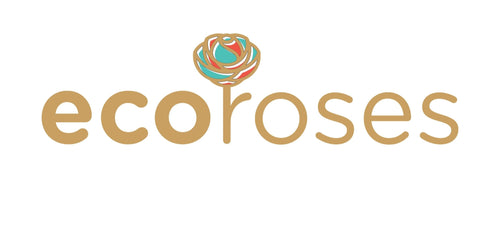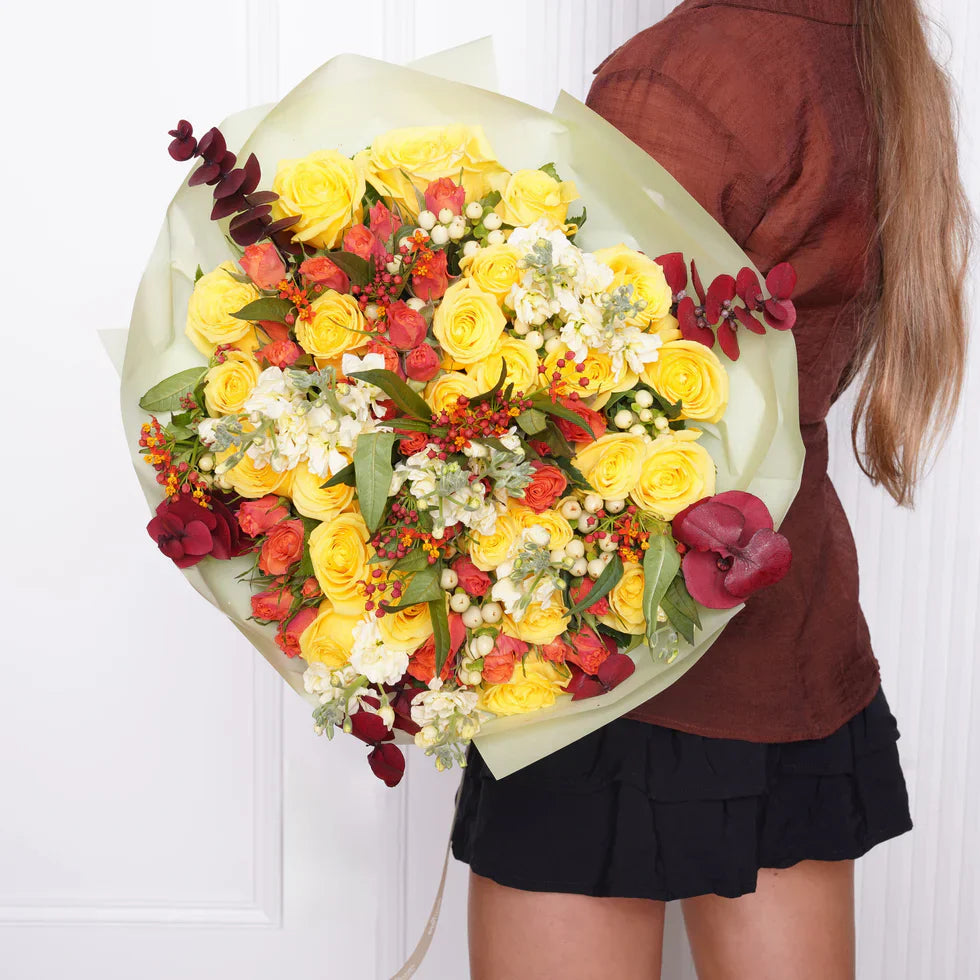From delicate petals drifting in a breeze to garlands offered in ancient temples, flowers have long held a power beyond their beauty. They’ve served as mediators between the physical and the spiritual-symbols of transcendence, bridges to the unseen. These days, houses and events are brightened with decorative blooms, but what if each flower holds the potential to be a portal-a gateway into something deeper? At their best, bouquets become more than décor; they become timeless floral treasures that carry meaning, memory, and magic.
In this article, we’ll journey through ancient cultures and spiritual practices to uncover how flowers were believed to open channels to gods, ancestors, and inner worlds. We’ll examine the symbols, rituals, and stories-then reflect on how these beliefs resonate in our modern floral lives. Are flowers still capable of being spiritual portals today?
🌺 The Flower as Symbol: A Universal Language
Across continents and centuries, humans have imbued flowers with symbolic force. They become messengers of the divine, carriers of emotion, and markers of transitions. According to scholarly explorations, “many flowers derive their meaning and symbolism from ancient myths and legends.”
In the ancient world, a bloom wasn’t simply chosen for its colour or fragrance-it was chosen for what it stood for. Whether as part of temple offerings, funeral rites, or coronation ceremonies, its presence in ritual elevated the everyday into sacred territory.
Thus, a flower becomes more than matter-it becomes a symbol, a link. That link is the first step toward seeing flowers as portals.
🌿 Ancient Egypt & the Afterlife Blooms
In ancient Egypt, flowers were deeply entwined with spiritual and funerary traditions. The bloom carried the promise of rebirth and renewal. For example, lotus blossoms floated in temple ponds, emerged in tomb art, and signalled the sun’s daily rebirth.
Flowers offered in tombs weren’t mere adornments-they were markers of passage, keys to other worlds. In this sense, they functioned like portals: one could place a bloom at the threshold between life and death, and thus not only decorate, but transform. The flower said: “I accompany you into the next realm; I represent your journey.”
🌸 India & the Sacred Petal Offering
In Hindu and Buddhist traditions, flowers are indispensable to ritual. The bloom is not just aesthetic-it is offering, devotion, and connection. For instance: the lotus (Nelumbo nucifera) rises clean from muddy waters, symbolising purity, spiritual awakening, and transcendence.
Garlands of marigold, strings of jasmines, petals scattered before deities-these aren’t just decorations but vehicles of prayer. They become the medium through which devotees reach out to the divine. And by placing them, one creates a kind of sacred space-a portal through which the human and the sacred meet.
🌼 China, Japan & the Bloom of Impermanence
In East Asian culture, flowers often symbolise impermanence, enlightenment, or the imperial order. For example, the chrysanthemum in China signifies longevity and rejuvenation, often used in spiritual or ceremonial contexts.
In Japan, the cherry blossom (sakura) reflects the fleeting nature of life, the cycle of death and rebirth. Here, the flower becomes a meditation on mortality, reminding us that each moment is a portal into awareness.
🌺 The Mythic Portal: Flowers in Native & Indigenous Traditions
Flowers also feature as thresholds in Indigenous beliefs. In many cultures, specific blooms mark boundaries between worlds-the living and the dead, the earthly and the otherworldly.
In Slavic folklore, for example, the wreath of flowers worn at the festival of Kupala Night was thrown into water or fire, and used to predict one’s fate. The flower-wreath served as a portal of prophecy.
These traditions treat flowers not merely as symbols but as active agents in spiritual communication.
🧘 Flowers as Inner Portals: Psychological & Spiritual Dimensions
Beyond cultural ritual, flowers invite us into spiritual states. They calm, uplift, and shift our awareness. When you hold a bloom, inhale its scent, observe its texture-you’ve entered a moment of mindfulness, a portal into presence.
Modern practitioners talk about floral meditations: using flowers to centre attention, anchor gratitude, or open the heart. While not ancient in origin, this use builds on age-old understanding: a petal is more than biology-it’s a bridge to interior life.
🌿 Rituals & Practices: Opening the Petal Portal
• Offerings and Sacred Spaces
Creating a small altar with a single bloom invites a connection with something beyond the everyday. The act of selecting, placing, and observing a flower becomes a ritual, a doorway.
• Journaling with Flowers
Place a bloom beside your journal. Write while its scent fills the space. The flower becomes a companion in reflection-a portal to inner voice.
• Florals in Transition
Use flowers to mark thresholds: moving homes, finishing a chapter, commemorating loss. Each bloom marks the transition from one state to another.
• Colour & Petals as Language
Choose blooms whose colours speak to your intention. For example: white for purification, purple for insight, red for transformation. The flower becomes a coded portal for your psyche.
🌸 Modern Flowers, Ancient Portals
In today’s world, florists craft arrangements that carry more than aesthetic value-they offer meaning. The act of giving or receiving flowers is no longer purely decorative-it can be transformative. In this sense, each bouquet is a portal: an invitation to connection, renewal, or reflection.
Whether you pick a single rose, a wildflower bunch, or an artisan arrangement, you engage in an ancient tradition. Every petal, colour, and scent carries resonances of the past-and opens doorways to personal meaning.
🎨 Case Study: Bouquet as Portal
Imagine walking into a room filled with a minimalist white bouquet and soft green foliage. The air changes. The arrangement becomes a silent ritual space. You pause. You breathe. The bouquet becomes a portal to calm-an inner shift.
Alternatively, a vibrant arrangement of red and orange blooms may serve as a portal to courage and renewal after a challenge.
In both cases, the arrangement isn’t just “decoration”-it’s conduit.
🌿 Why This Matters Today
In an age of screens, noise, and fast-paced living, flowers remind us of presence. They draw us toward stillness, toward the edge of sense. When we see them as spiritual portals, we reclaim their ancient potency.
They remind us that beauty is not just distraction but doorway; that nature speaks if we pause to listen; and that simple acts-placing petals, inhaling fragrance-can open us to larger worlds.
🌸 Bringing the Portal into Your Life
-
Choose flowers with intention: pick one that “calls you” and ask: What doorway am I opening?
-
Create a ritual: place the flower where you’ll pause-desk, altar, bedside-then spend three minutes observing.
-
Use the flower as symbol: write down what transition you are in and let the bloom mark it.
-
Gift with meaning: when you select florals for someone, include your intention-“May this bloom open you to peace/memory/transformation.”
In doing so, you treat the flower not only as gift, but as portal.
🌼 Conclusion
Flowers aren’t merely pretty-they’ve long served as portals: to the divine, to ancestors, to inner truth. Across cultures and centuries, their symbolism has been profound. Today, when we choose an arrangement with awareness, we tap into that ancient current. Each petal becomes a threshold; each fragrance a whisper of transcendence.
So next time you select a bouquet from a skilled artisan or florist, remember: you’re not just choosing colour or scent-you’re choosing possibility. You’re opening a portal. And you’re giving (or receiving) more than a bouquet-you’re giving a threshold into wonder.


